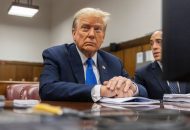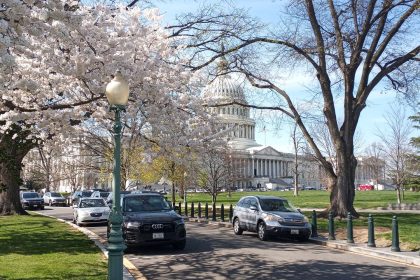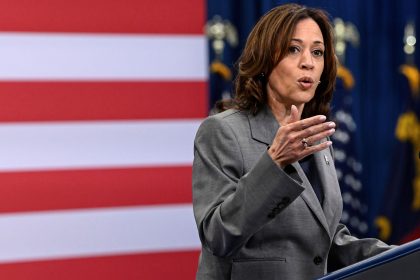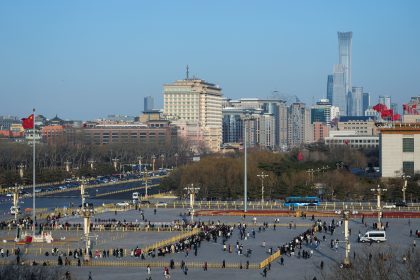Senate Wants to Expand Monitoring of Illicit Drone Use

WASHINGTON — Drones might be good for the economy and recreation but they’re creating new security threats that require prompt law enforcement action, according to witnesses at a Senate hearing Thursday.
Otherwise, a commercial aviation disaster, increased drug smuggling or an attack on a critical industrial complex could be unavoidable.
“A lapse would be catastrophic,” said Samantha Vinograd, a Homeland Security Department assistant secretary for counterterrorism.
She testified to the Senate Homeland Security and Governmental Affairs Committee as it seeks to reauthorize the Preventing Emerging Threats Act of 2018. The law grants the DHS authority to counter threats from unmanned aircraft systems, also known as drones.
Key features of the law give federal agents a right to monitor drones without the consent of the owners, disrupt control of drones that trespass into unauthorized areas and confiscate them if they’re used illegally.
Law enforcement authorizations under the Preventing Emerging Threats Act are scheduled to expire in October.
Rather than allowing the Justice Department and Federal Aviation Administration to continue intercepting illegal drone activity by themselves, several senators want to extend the authority to local and state police.
The expanded authorization represents an attempt to keep pace with the growing use of drones, many of which are manufactured in China.
The FAA estimates that by the end of 2024, about 2 million recreational drones and 800,000 commercial drones will be operating in the United States. The commercial drones typically are used for emergency responses, deliveries, commercial filming, inspections of power lines and other industrial equipment.
Agencies that monitor the drones have only limited plans to expand their operations, leaving the federal government to look for partnerships with local law enforcement.
“We can’t be everywhere,” Vinograd said.
With a long list of vulnerable sites, “When we’re witnessing a drone threat, seconds matter,” she said.
The risks she and other federal agents named included chemical plants, sports venues and airports, all of which could be severely damaged with explosives borne by drones. The loss of life, particularly if a commercial airliner crashes, could be disastrous.
Last year, 30 airports reported disruption of their operations by drones that trespassed too close. Sixty-four aircraft were forced to take evasive action to avoid drones, four of them commercial airplanes, according to the FAA.
“When airports shut down, that costs millions of dollars,” Vinograd said.
Brad Wiegmann, a Justice Department deputy assistant attorney general, described his agency’s plan for extending drone oversight to local agencies.
It would consist of training on how to operate the monitoring equipment, when to intercept trespassing drones and the privacy rights of the operators and other persons. The privacy rights refer to the ability of law enforcement to use intercepting drones for surveillance.
Afterwards, each local agent who monitors private drones would need to be certified, Wiegmann said.
“It’s not like it’s something that would be turned over to the states and let them take over,” he told the Homeland Security and Governmental Affairs Committee.
The senators were generally receptive to the federal agencies’ suggestions.
Sen. Gary Peters, D-Mich., chairman of the Senate Homeland Security and Governmental Affairs Committee, mentioned the 2017 collision between an Army UH-60M Black Hawk helicopter over Staten Island in New York as an example of what could happen without government intervention. The helicopter landed safely with only minor damage.
It could be worse in the future, perhaps with “catastrophic effects,” Peters said.
In addition, the drone operators could include “foreign adversaries,” he said.
Sen. Rob Portman, R-Ohio, said, “I think weaponized drones along the border are an emerging threat.”
Tom can be reached at [email protected] and @TomRamstack























